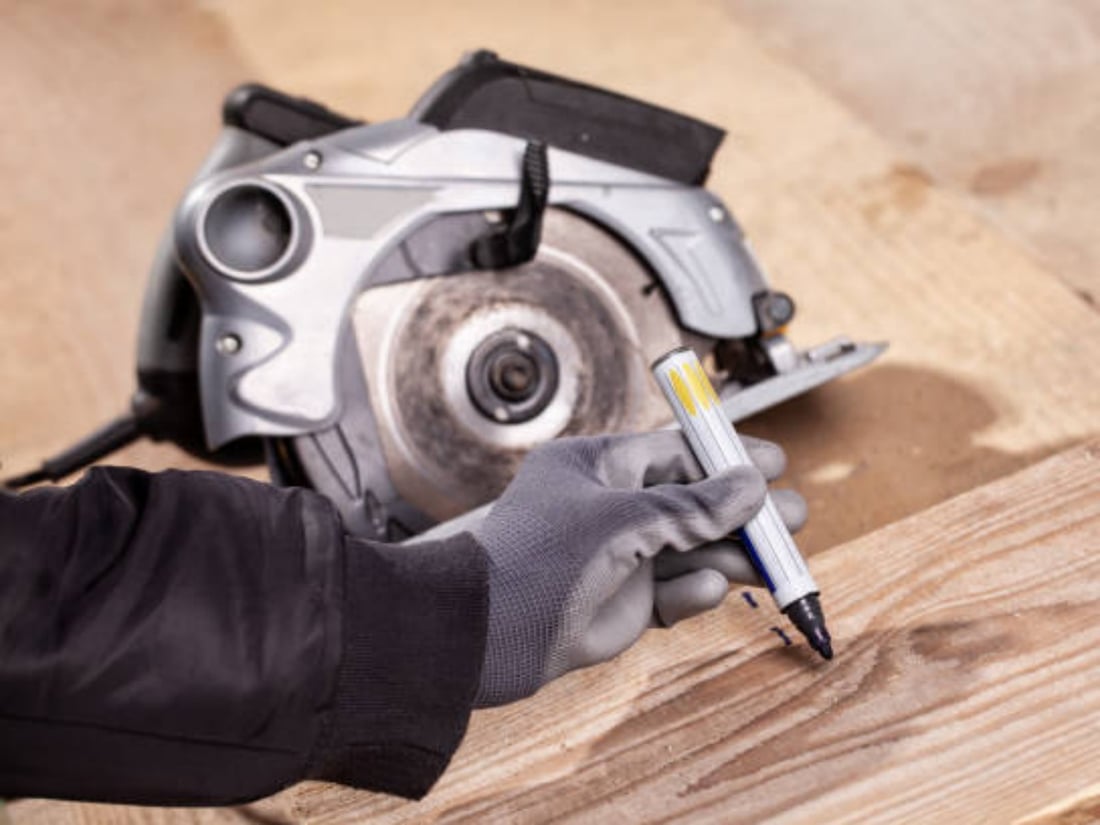The Ultimate Guide to hand saw blade replacement
Why Hand Saw Blade Replacement is Important
Replacing the blade of a hand saw is an essential maintenance task that every woodworker should be familiar with. A dull or damaged blade can lead to inefficient cuts, increased effort, and compromised safety. In this comprehensive guide, we will explore the various aspects of hand saw blade replacement, including when to replace the blade, how to choose the right replacement blade, and step-by-step instructions on how to replace the blade.
Signs that Indicate the Need for Blade Replacement
Recognizing the signs that a hand saw blade needs to be replaced is crucial to ensure optimal cutting performance. Some common indicators include: 1. Dullness: If you notice that the saw is struggling to make clean cuts and requires excessive force, it may be due to a dull blade. 2. Uneven Cuts: A blade that is no longer sharp may cause the saw to veer off course, resulting in cuts that are not straight or accurate. 3. Excessive Vibration: If you feel excessive vibration while using the saw, it could be a sign that the blade is worn or damaged. 4. Missing or Damaged Teeth: Inspect the blade for missing or broken teeth, as they can significantly affect cutting performance. If you observe any of these signs, it is likely time for a hand saw blade replacement.
Choosing the Right Replacement Blade
Selecting the appropriate replacement blade for your hand saw is crucial for achieving the best cutting results. Consider the following factors when making your decision: 1. Blade Type: Hand saw blades come in various types, including crosscut, rip cut, and combination blades. Choose the type that suits your intended cutting tasks. 2. Blade Length: Ensure that the replacement blade matches the length of your existing blade or the saw's specifications. 3. Tooth Configuration: Different tooth configurations, such as fine, medium, or coarse, are suitable for different materials and cutting applications. 4. Material: Blades made from high-quality materials like high-carbon steel or bi-metal tend to offer better durability and cutting performance. By considering these factors, you can find a replacement blade that meets your specific needs and enhances the overall performance of your hand saw.
Step-by-Step Guide to Hand Saw Blade Replacement
Now that you have chosen the right replacement blade, let's walk through the process of replacing the blade in your hand saw: 1. Gather the necessary tools: You will typically need a screwdriver or a wrench, depending on the type of hand saw you have. 2. Secure the saw: Place the saw on a sturdy work surface and use clamps if necessary to hold it securely. 3. Disconnect the blade: Locate the screw or nut that secures the blade to the handle. Use the appropriate tool to loosen and remove it. 4. Remove the old blade: Carefully slide the old blade out of the handle, taking note of its orientation if necessary. 5. Install the new blade: Insert the replacement blade into the handle, aligning it with any guides or notches if present. 6. Secure the new blade: Reattach the screw or nut, ensuring that it is tightened securely but not overly tightened. 7. Perform a test cut: Before using the saw for any serious cutting tasks, make a test cut to ensure that the blade is properly installed and functioning correctly. 8. Regularly maintain the blade: To prolong the lifespan of your new blade, regularly clean it and keep it properly lubricated. Following these steps will enable you to replace the blade of your hand saw efficiently and effectively, ensuring optimal cutting performance.
Other Considerations for Hand Saw Blade Replacement
In addition to the steps outlined above, there are a few additional considerations to keep in mind when replacing the blade of your hand saw: 1. Safety First: Always wear appropriate safety gear, such as safety glasses and gloves, when working with hand saws and replacing blades. 2. Consult the Manufacturer: If you have any doubts or specific questions about blade replacement for your particular hand saw model, consult the manufacturer's instructions or contact their customer support for guidance. 3. Proper Storage: When not in use, store your hand saw in a safe and dry place to prevent any damage to the blade. 4. Sharpening vs. Replacement: In some cases, it may be possible to sharpen a hand saw blade instead of replacing it. However, this process requires specialized tools and skills, so replacement is often the more practical option. By considering these additional factors, you can ensure that your hand saw blade replacement process is not only successful but also safe and long-lasting.
Conclusion
Regular hand saw blade replacement is essential for maintaining optimal cutting performance and ensuring safe woodworking practices. By recognizing the signs of a worn or damaged blade and following the step-by-step instructions provided in this guide, you can easily replace the blade of your hand saw and enhance its overall efficiency. Remember to choose the right replacement blade, consider safety precautions, and properly maintain your hand saw to prolong the lifespan of the new blade. With proper care and attention, your hand saw will continue to be a reliable and effective tool in your woodworking endeavors.
If you are interested in our products or services, please feel free to contact us.


